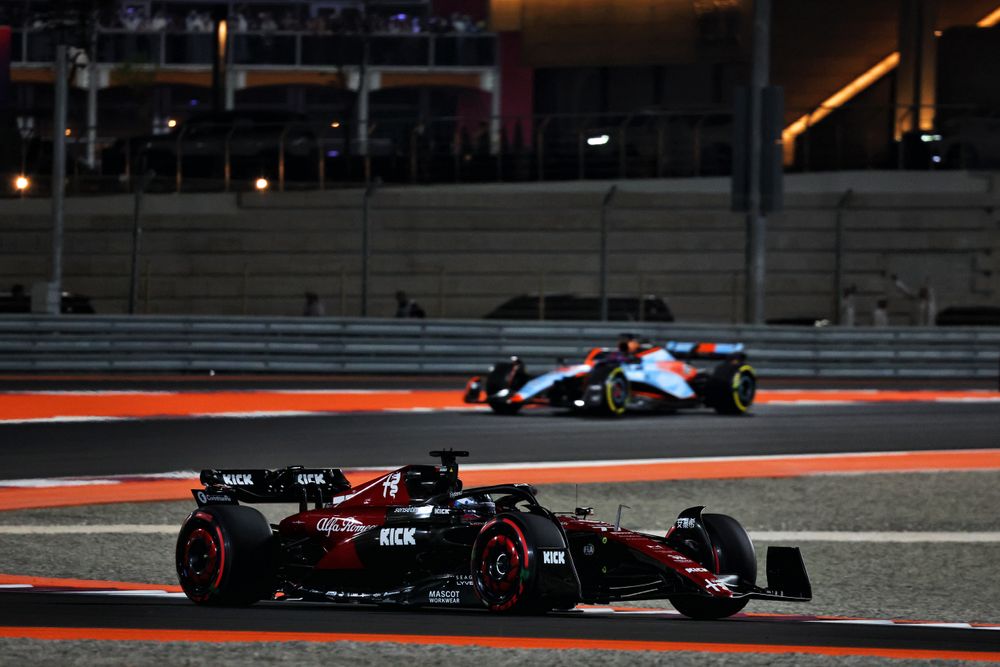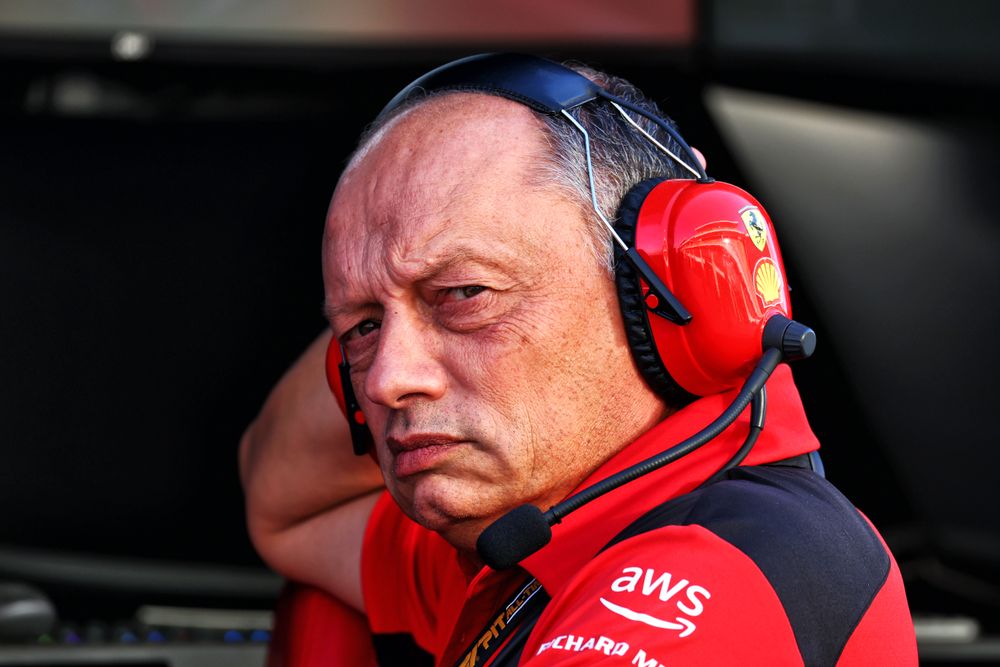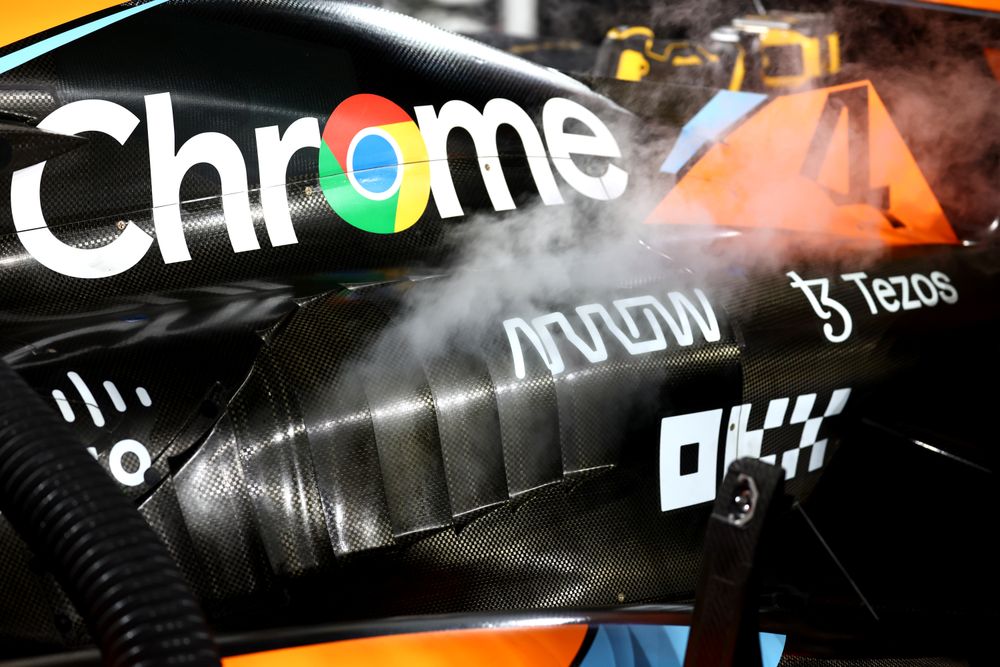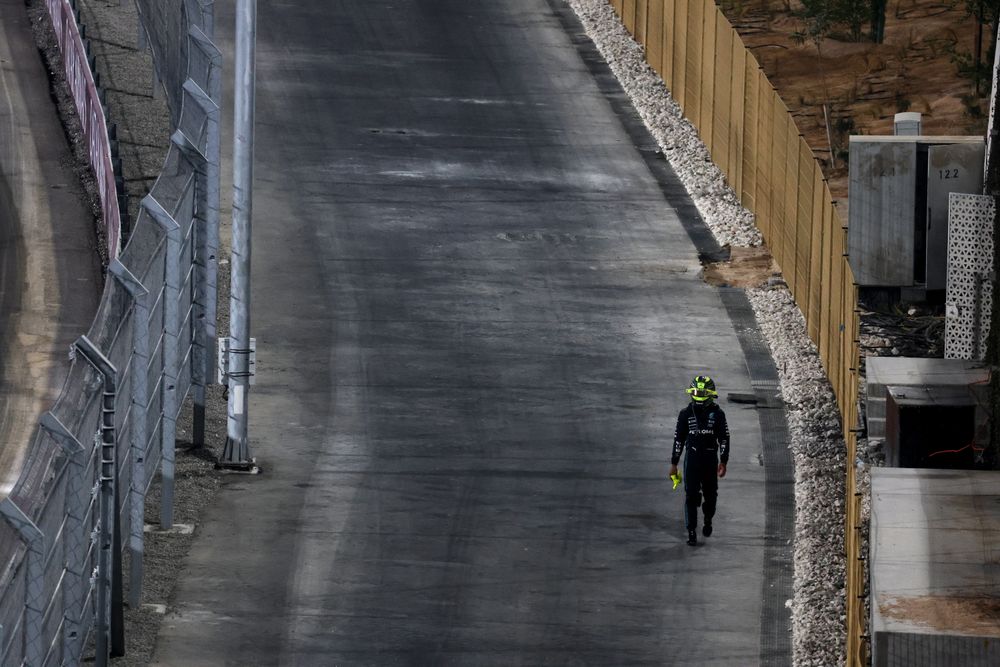Up Next

When Alex Albon bagged an unexpected two points for seventh place in the Qatar Grand Prix sprint race, Alfa Romeo’s hopes of achieving its target of salvaging seventh in the 2023 Formula 1 constructors’ championship suffered a big blow.
But thanks to a strategic approach of “two extremes”, the Sauber-run team hit back the following day with its biggest haul of the season thanks to Valtteri Bottas finishing eighth and Zhou Guanyu ninth.
Six points might not sound like much, but in the fight for seventh in the constructors’ it’s potentially enormously valuable.
The bottom four teams have scored just 56 points between them and Alfa Romeo’s haul moves it up one position into eighth place and closes the gap to Williams to just seven points. AlphaTauri currently brings up the rear but is still only 18 points behind Williams.
Standings after Qatar
7 Williams 23
8 Alfa Romeo 16
9 Haas 12
10 AlphaTauri 5
This battle matters because each step in the constructors’ championship is set to be worth north of $10million, although the exact amount depends on F1’s overall revenue.
The difference between seventh and 10th in this fight is therefore enormous, especially with this set of four teams all benefitting from the recent rule change allowing them to spend an extra $20million in terms of Capital Expenditure (CapEx) to beef up their facilities.
And Alfa Romeo is a team that needs to make progress quickly if it is to have any chance of being a serious contender when it becomes Audi in 2026.
So how did Alfa Romeo do it?
It’s worth noting that the car was relatively quick in Qatar. Valtteri Bottas reached Q3, only the fourth time the team has got to Q3 this season.
However, that owed much to the Finn getting on top of the track and executing qualifying well. Team-mate Zhou Guanyu was slowest after his final qualifying lap was ruined by a squabble over track position.
It left Alfa Romeo - which missed out on points in the sprint - with Bottas ninth on the grand prix grid and Zhou 19th. The decision was therefore made to adopt what amounted to opposite strategies.
Despite Bottas holding ninth under the early safety car, he was called into the pits at the end of lap three. This is significant because it was the first time it was possible to stop and complete the race on just two more pitstops given the maximum tyre life of 18 laps and the fact he had two fresh sets of mediums and two of hards for the race.
Liam Lawson, Kevin Magnussen and Lance Stroll opted for the same strategy, but from more lowly positions. Zhou, meanwhile, was one of only two drivers who ran a full 18-lap stint on his starting tyres, which set him on a course to make a very late pitstop five laps from the end of the race.
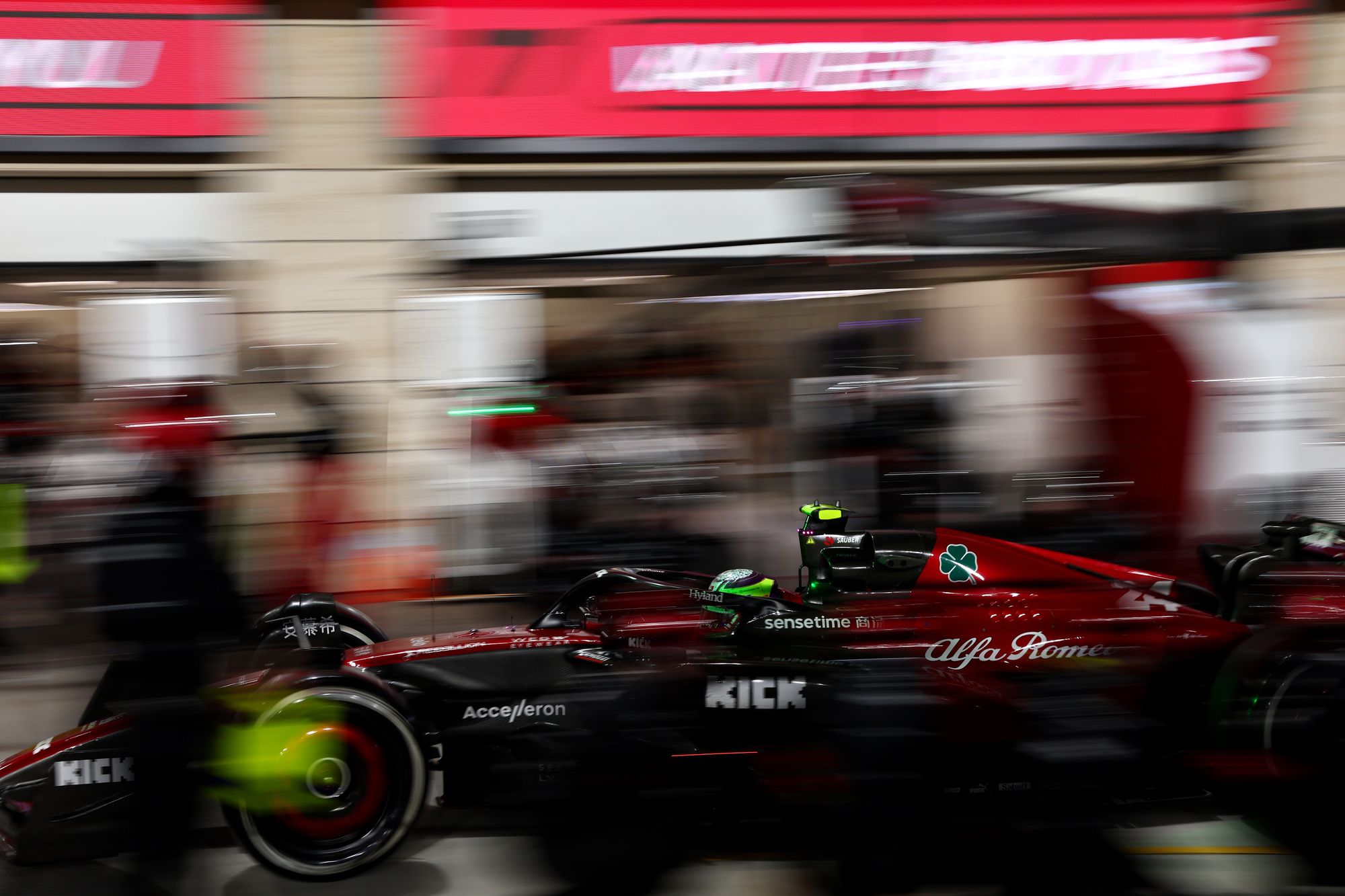
Bottas, on a de facto two-stopper having taken a safety-car pitstop that was ‘free’ in terms of time but that cost him six places, came through to eighth place. Zhou finished 12th on the road, but jumped up three positions thanks to track limits penalties for Sergio Perez, Pierre Gasly and Albon.
“The plan with Valtteri was to go very extreme since we were forced to do three pitstops with the number of laps you could do,” said Xevi Pujolar, Alfa's head of trackside engineering.
“[Then] the race would be [effectively] a two-stop without limitations so we wanted to have a good first lap and then undercut.
"The plan even without safety car was to go very early - lap three was the earliest we could go, lap four because we knew the soft would degrade very quickly so we were hoping to do at least three or four laps then take it from there.
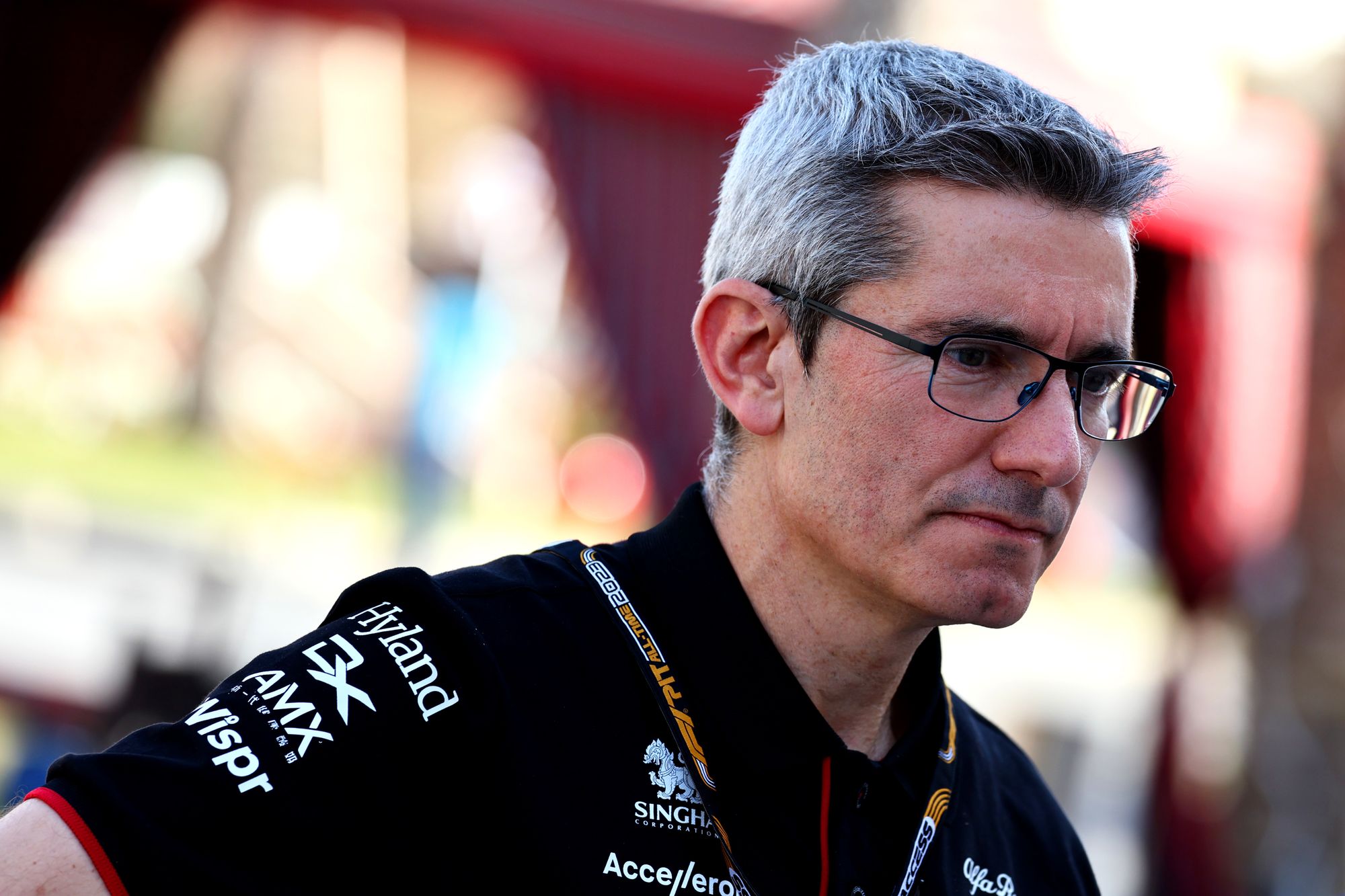
The safety car was even more convenient, so that went perfectly.
“The reason we went the other way with Zhou is we were exposed with safety cars in between but we had to be committed to something. We said with him we will extend, then let’s see if a safety car happens towards the end.
“But with good pace, he was able to come back into the race with a strong position and with people getting penalties for track limits, it was perfect. He drove a very solid and consistent race.
“So both extremes, and we managed to get points with both extreme strategies, so that was a team effort today.”
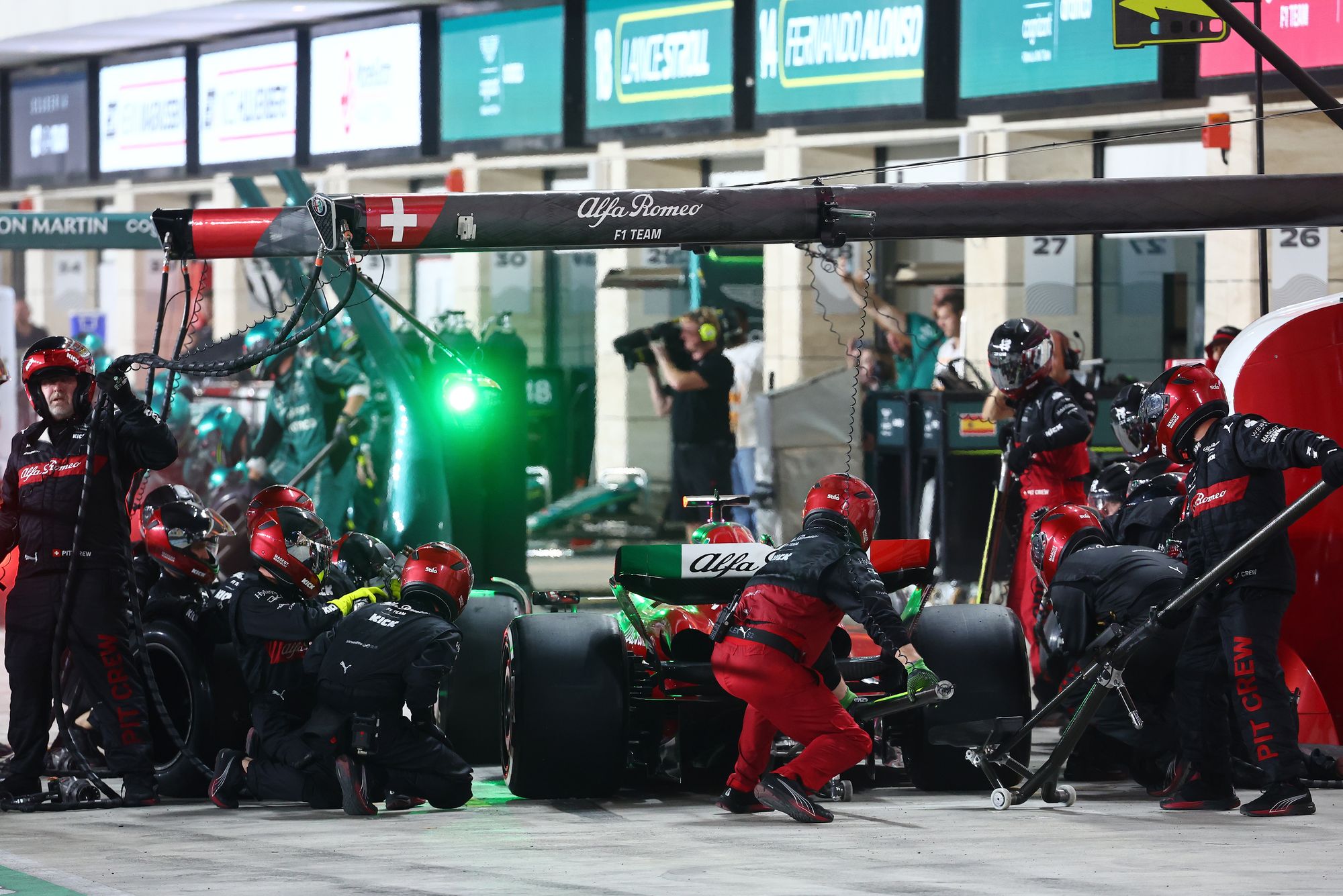
Bottas’s race was relatively straightforward after his initial stop, save for the physical demands of the race held in extreme conditions.
“It was a really clean race,” said Bottas. “A good strategy, but of course it felt a bit strange pitting after only three laps from a good position.
“But it meant that the rest of the stints were equal and we thought this was the best plan of attack. It was and I’m happy with it.”
Zhou admitted that the strategy decisions were made more difficult by how late the FIA laid down the final rules for the maximum tyre life.
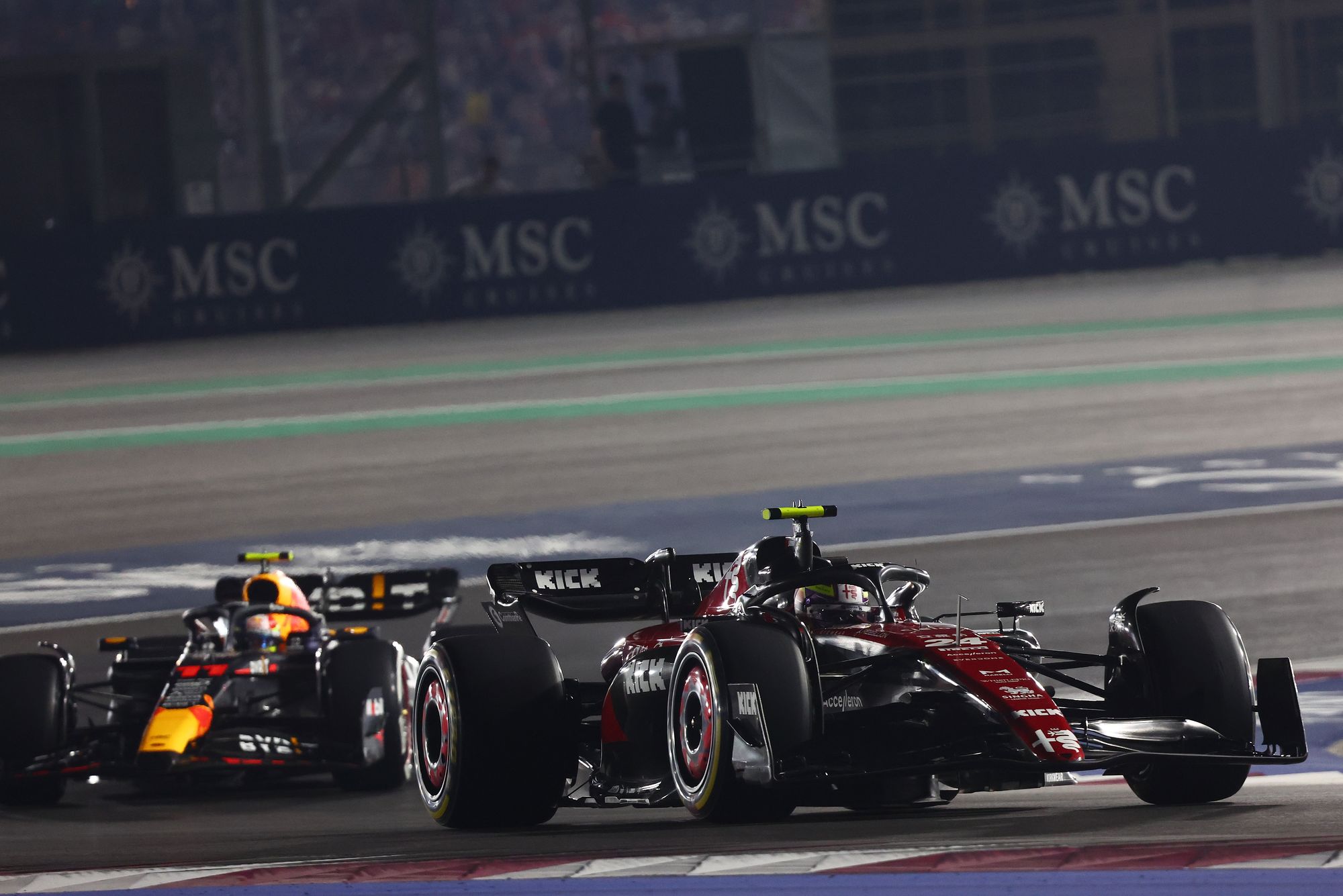
He highlighted the importance of staying ahead of Red Bull driver Sergio Perez for the first 14 laps. Zhou kept Perez directly behind for around half of that stint, which cost the Red Bull driver time and ensured he dropped behind Zhou when penalties were applied at the chequered flag.
“It was an amazing race,” said Zhou. “Start P19 was not easy, especially overtaking the Williams or fighting with Sergio at the beginning.
“I knew if I kept him behind I would maybe have a chance and that was the case. The laps I held him helped me for the end stint.
“Purely on race pace we were very strong and on tyre management as well. So I’m happy with everything we did.”
With five races remaining and the upgrade package introduced in Singapore aimed in particular at improving high-speed performance, which was augmented by a new beam wing in Qatar, Alfa Romeo is hopeful it can have a strong end to the season. And with not only competitive pride at stake but also serious cash, it needs it.
But then again, so do Williams, Haas and AlphaTauri.


